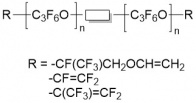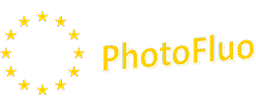Seminar Prof. Chad M. Friesen
On 18th July 2016, Prof. Chad M. Friesen gave a public lecture at Politecnico di Torino (Italy) on "Solving difficult problems: forming difunctional fluorinated ethers from anionic methods".
Abstract
Solving difficult problems: forming difunctional fluorinated ethers from anionic methods
C. M. Friesen1, B. J. Jelier2, T. J. Burgess1, T. W. Holmes1
1Department of Chemistry, Trinity Western University, Langley, British Columbia, V2Y 1Y1, Canada. Email: chad.friesen@twu.ca.
2Department of Chemistry, Simon Fraser University, Burnaby, British Columbia, V5A 1S6, Canada.
There has been much discussion in the field of fluorinated ethers as to whether there is an economically viable route to difunctional perfluoropolyalkylethers (PFPAEs) via anionic ring-opening polymerization. Options in the fluorinated ether structure of difunctional materials are limited. The only commercial difunctional PFPAEs on the market are accomplished by radical processes via the oxidative photopolymerization of hexafluoropropene and tetrafluoroethylene. Diacyl fluorides, such as oxalyl difluoride [1,2], have been used with fluorinated epoxides but the general cost of diacyl fluorides limit their use to specialized applications with high profit margins. Other concerns in anionic methods are related to the competition of chain growth versus chain transfer which limits the yield of difunctional targets. In order to expand markets and to achieve broad profitability, new routes have to be explored. Advances in difunctional PFPAEs formation will be discussed and contrasted with former methods.

References
[1] J. T. Hill J. of Macromolecular Sci. 8 (1974) 499-520.
[2] N. Koike, S. Sato, N. Kobayashi 1999 EP 947534 A1.
